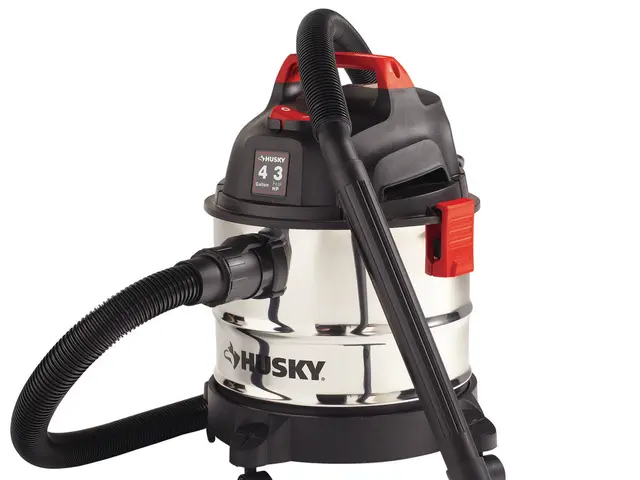Lifting the Veil on City Center Revitalization: Not all Five-Point-Plans are created equal!
Historic Journey Aboard the Bumblebee Railroad
Remember the iconic Sparkasse ad featuring the fictional "08/15-Bank"? It's all about those exciting brainstorming sessions:
Boss: "Our customers are fleeing! Any ideas?"Employee 1: "Let's distribute colorful flags!"Employee 2: "Or how about personalized advice like Sparkasse..." [etc.]Boss: "What's required for that?"Employee 2: "16,000 branches, 130,000 advisors..." [etc.]Boss: "Alright, let's do the flag thing!"
That's probably how the birth of the Five-Point-Concept for city center revitalization looked like, complete with the temptation of those whimsical, open-air buses called "bimmelbahns".
At first glance, the first four points of the concept are golden. They're cost-effective, a boon for retailers, and add a dash of allure to city centers. However, the fifth point—a bimmelbahn—might leave you baffled, wondering, "What now?" It's like the employee suggesting a fleet of flying cars!
So, what's the big deal about a bimmelbahn? Well, these vehicles are indeed popular—you'll spot them at every amusement park, and they can be hired for events as well. A day’s rental costs around 1,500 to 2,000 euros. You order it, it arrives, you tour the city in style, and it's picked up again. Easy peasy!
But if you're thinking of buying one yourself, you're in for an investment of at least 200,000 euros, if you want a sturdy, roadworthy version. Annual maintenance and insurance for commercial vehicles can run up to 15,000 euros, and they need regular inspections, too. One set of new tires for a six-wheeled towing vehicle and two four-wheeled wagons? That's 22 tires!
In short, if you buy a bimmelbahn, you'll need a solid plan to make the most of it—an investment of this size isn't feasible for a city looking to park this colorful fleet in a storage facility most of the year!
And public transport operators will be keeping a close eye on what the city does with its own, free "mini-bus line" from the station to the bustling city center. They might even question why a showy vehicle is hogging bus lanes reserved for public transport and desperately needed for that. And let's not forget the misery of the driver who gets stuck behind it during rush hour, particularly during mayoral election years!
Bimmelbahn Fact File 🚌
- Cost: €80,000–€200,000 for new vehicles; refurbished models may be cheaper.
- Infrastructure: Modest – mostly signage, safety barriers, and route adjustments.
- Operational Costs: Electricity/fuel (€5–€20 per day), staffing (€100–€250 per day), insurance, permits, and licensing (€2,000–€8,000 annually).
- Maintenance: Regular checks, cleaning, scheduled servicing, and seasonal overhauls.
- Safety Compliance: Required by local authorities for regular safety inspections.
- Public Transportation Impact: Tourism, accessibility, integration challenges, and economic/social impact.
- Comparison to Similar Services: Historical vehicles like the Schienentrabi offers a heritage experience akin to the bimmelbahn but is not a replacement for mass transit.
A home-and-garden lifestyle enthusiast might find themselves considering the purchase of a bimmelbahn as an unusual yet whimsical addition to their landscaping, with each vehicle costing between €80,000 and €200,000 for a new model. In contrast, shopping for a more traditional means of transport, such as a home-to-work electric shuttle bus, could prove to be a more cost-effective choice for city-dwellers looking to revitalize their lifestyle and engage in home-and-garden projects.







